As the global STEM education landscape projects a significant upsurge over the next decade, highlighting the pressing gap between the demand for skilled graduates and the existing supply, Maker Bhavan Foundation (MBF), a distinguished US-based charitable organization, has undertaken an ambitious mission to revamp STEM higher education in India. Guided by the vision of Atmanirbhar Bharat, MBF aims to establish a network of Higher Education Institutes catering to the escalating need for specialized skills, thereby aligning educational programs with the evolving demands of society, including its commitment to focus on Tier II and Tier III colleges and nurturing a million makers in India by 2030.
Fostering a culture of hands-on learning and practical skill development, MBF is dedicated to creating makerspaces as hotbeds for innovation and problem-solving, thereby reshaping the educational landscape in India. The Foundation collaborates closely with science and engineering institutions, introducing collaborative classrooms, project-based curricula, and cutting-edge laboratories. Through these transformative initiatives, students acquire practical skills to effectively tackle real-world obstacles.
In an illuminating interview with TheCSRUniverse, Ms. Damayanti Bhattacharya, CEO, Maker Bhavan Foundation, sheds light on the organization's strategic vision, presenting inspiring case studies. Her discussion emphasizes the foundation's commitment to fostering a culture of learning by doing and practical exposure, along with its dedicated efforts to cultivate a job-ready workforce proficient in meeting the demands of Industry 4.0.
Dive into the complete interview for more comprehensive insights.
Q&A
Q. Could you expound upon MBF's alignment with the vision of Atmanirbhar Bharat and its role in the development of higher education institutions in India?
A. The Indian government's vision for an Atmanirbhar Bharat (self-reliant India), combined with the goals of achieving a $5 trillion economy and Industry 4.0, sets a promising yet challenging trajectory for the nation. However, a closer examination of the data reveals a looming skill crisis. By 2030, India will require 2 million deep-tech engineers to fuel its dream of a $5 trillion economy. On the supply side, in 2022, fewer than 50% of graduating engineers secured placements, and less than 5% entered new technology domains. Since 2019, Maker Bhavan has proactively addressed this skill gap by partnering with STEM higher education institutions, focusing on hard technology skills, innovation skills, and cognitive soft skills. This approach aims to create a job-ready workforce for Industry 4.0 and nurture innovative entrepreneurs, problem solvers, ethical leaders, and change-makers. Without these efforts, Atmanirbhar Bharat will remain a distant dream.
Q. STEM education is a cornerstone of MBF's initiatives. How does MBF perceive the role of STEM education in addressing tangible societal needs, and could you provide specific examples of its impact?
A. STEM education in India has often been theoretical, lacking practical exposure and hands-on experience. To make STEM education relevant to societal needs, we advocate for a hands-on experiential approach known as Learning by Doing (LBD) or Project-Based Learning (PBL). An example of our work is the LEAP program, led by Dr. Tim Gonsalves, the former Director of IIT Mandi. Currently, LEAP collaborates with 15 tier II and tier III colleges to teach students hands-on problem-solving. In the open house this year, students showcased solutions in diverse domains, ranging from medical devices, assistive technologies, transportation safety, and more, such as a specialized spoon for Parkinson's disease patients and life-saving modifications to two-wheeler helmets. We also organize a nationwide thematic challenge addressing social needs, encouraging student innovators to develop deployable prototypes rapidly. For instance, last year's winners from REC Coimbatore designed a low-flow toilet that reduces water consumption by 50%.
Q. How does MBF plan to leverage the significant growth in global STEM education and apply lessons from international experiences to contribute to STEM education in India?
A. Compared to the West, Indian STEM education lacks hands-on experiential learning. With the mass production of desktop manufacturing machines like 3-D printers and easy access to online learning, students in the US have tremendous opportunities to experiment with learning by doing and project-based learning, enhancing their ability to innovate. Faculty in most international engineering colleges have adapted and incorporated these machines, giving students the freedom to experiment in their teaching. They act as guides and mentors rather than lecturers.
Maker Bhavan Foundation strives to address this disparity and foster hands-on learning opportunities within Indian STEM colleges.
Q. What are the main challenges in Indian higher education, and how does MBF intend to address them, especially considering the substantial CSR investments in education? Where do you see gaps, and how can the social sector play a role in bridging these gaps?
A. Indian Higher education is inherently pyramidal in structure, with narrow peaks of excellence and a vast base of mediocrity, resulting in poor student learning outcomes. CSR investments should extend beyond primary education to revamp and modernize STEM education. This aligns with corporate interests, as many industries in India draw their workforce from STEM institutions. Bridging the skill gap and promoting the makerspace movement benefits corporations by creating resource pools for innovative problem-solving and potential recruits. The social sector plays a pivotal role in facilitating these initiatives and building awareness within the community.
Q. The investment in well-equipped labs is a significant aspect of MBF's work. How do these labs contribute to fostering innovation and problem-solving among students?
A. Makerspaces are the next generation of learning facilities, fostering innovation and problem-solving among students. These labs provide students with a more direct connection between their educational experience and real-world applications as they design, assemble, manufacture, and test various elements of the projects and courses they’re working on. Here, the role of teachers is that of enablers, guiding students as they bridge the gap between theory and practical problem-solving. Through multidisciplinary projects, with the involvement of mentors from industry, students not only gain core technical skills but also improve communication, project management abilities, and market-oriented decision-making skills.
Q. How do you see innovation and entrepreneurship influencing the future of higher education in India, and how are you fostering an environment within the system?
A. Innovation and entrepreneurship have become essential for colleges to teach 21st-century skills. MBF offers three programs under its innovation skills track, fostering problem-solving and innovation, often leading to entrepreneurship as a happy by-product. These programs include the Vishwakarma Awards and a summer program called Invention Factory, where students from across IITs and NITs identify societal problems, design solutions, and file provisional patent applications in the USA and India and compete for the best inventions. Most of our judges and evaluators react with disbelief when they first hear that 1st and 2nd year undergraduate students do all this in just six weeks. Yet, we boast of a 100% success rate. Inventors are not born; they are made. There is no shortage of talent in India. Give them a process that works and an enabling ecosystem, and you will be amazed at the results.
Q. Can you provide insights into the collaborative networks and partnerships that you engage with? How do these collaborations contribute to the foundation's mission and impact?
A. MBF collaborates with mentors from industry and academia, as well as organizations in the makerspace movement. Partnerships with large makerspaces in the US bring global expertise to Indian institutions. Collaboration with industry helps garner support for student projects and makerspaces. These networks are instrumental in fostering a community and maker culture within the country.
Q. Could you share your key achievements, including program numbers, collaborations, and student beneficiaries? Additionally, how do you envision scaling these initiatives for a broader impact in the future?
A. MBF's footprint spans ten Tier 1 institutions, including five IITs and two BITS campuses, and extends to Tier 2 colleges through the LEAP program. The foundation has facilitated the creation of 20,000 square feet of makerspaces and collaborative learning classrooms, with over 30 courses being taught in Learning-by-Doing mode. Each week, more than 1,500 students are building prototypes at MBF-supported makerspaces, with over 2,000 projects currently underway this year. Additionally, several start-ups in diverse domains have emerged, and the Invention Factory program has resulted in the filing of 74 provisional patents in the USA and India in just three years.
Q. Beyond the statistics and programs, what are some anecdotal success stories or qualitative outcomes that exemplify the transformative impact of MBF's work on students and institutions?
A. I often hear about how STEM students feel alienated, and very few of them are genuinely interested while they are in college. A typical college lab in India is usually located within departments accessible only to students of that particular department, supervised, and open only during academic hours. Now, contrast this with the image of any of our 24/7 student-managed Tinkerers’ Labs, open to everyone. These labs are most vibrant past midnight, crowded with young undergraduates who are tinkering with tools and experimenting with ideas. Some even spend the night there.
Once, a faculty member at one of our labs at IIT Gandhinagar offered an elective course on Mechatronics, where the end-semester exam required students to build a UAV and have it successfully navigate an obstacle course. On the night before the exams, I discovered over 100 students gathered in the corridor outside the lab. There were three faculty members, including the instructor, in the midst of the excitement! The enthusiasm for this examination was remarkable. There are many similar accounts.
Q. MBF's goal is to create a million makers in India by 2030. How are you progressing toward this ambitious target, and what strategies are you employing to achieve it? What is your future roadmap?
A. The next phase of our expansion will focus on the vast multitudes of Tier II and Tier III colleges, enabling us to raise the foundation of STEM education. Up until now, we have piloted, fine-tuned, and validated the impact of our programs. Now, we are ready to scale up. However, reaching 50 colleges is not feasible without support from India, particularly from CSR. I remain hopeful since our model is more capital-efficient, and scalable. We do not create standalone institutions but collaborate with existing institutions, with the potential to impact not only thousands but millions.




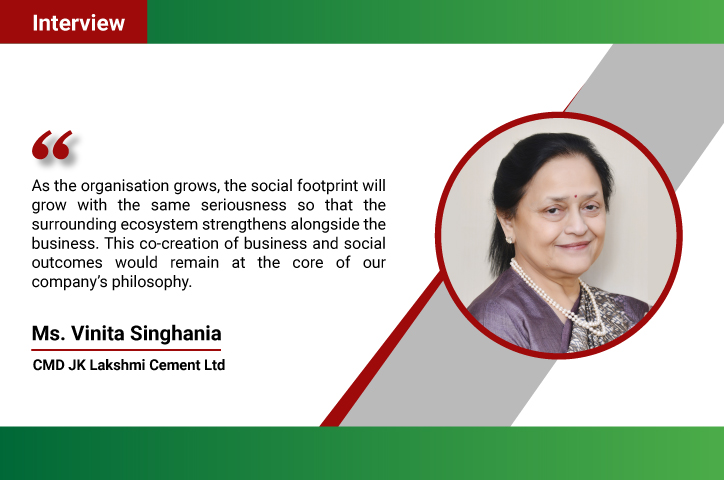
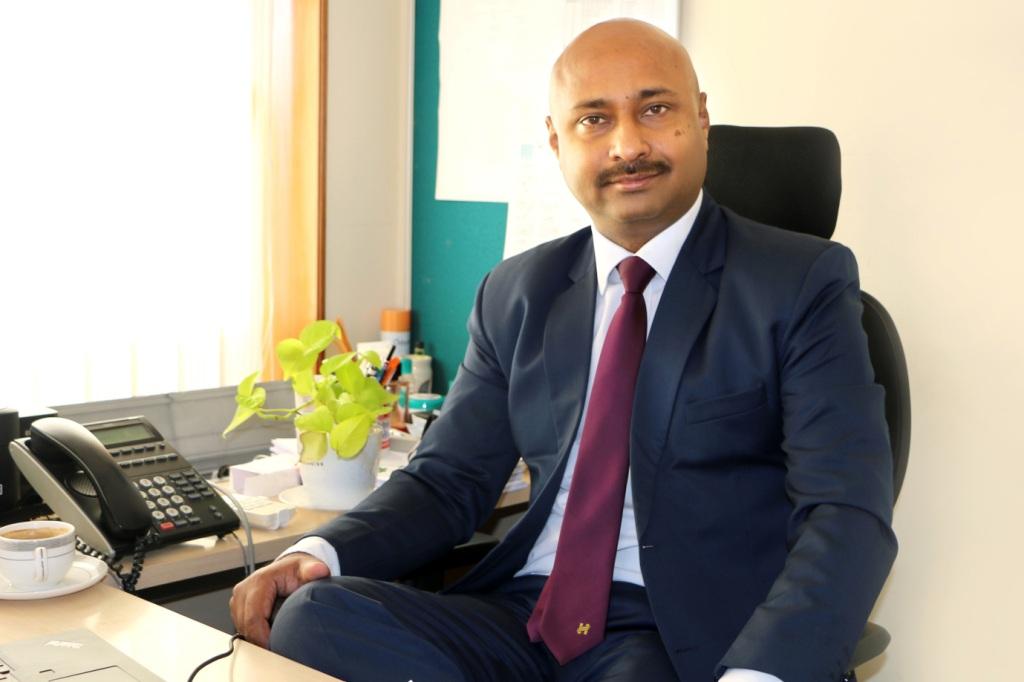
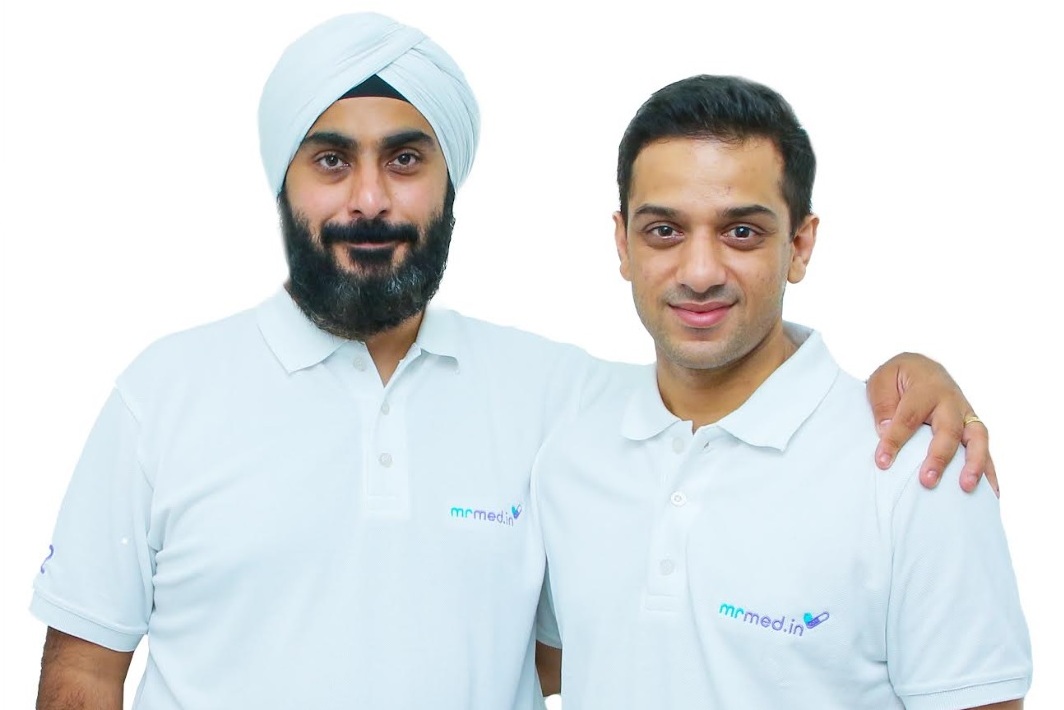
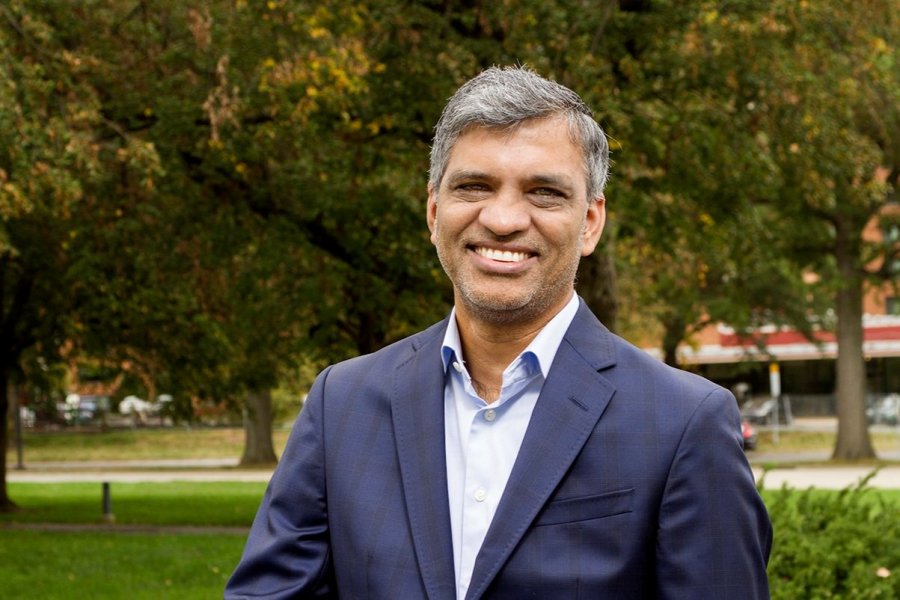


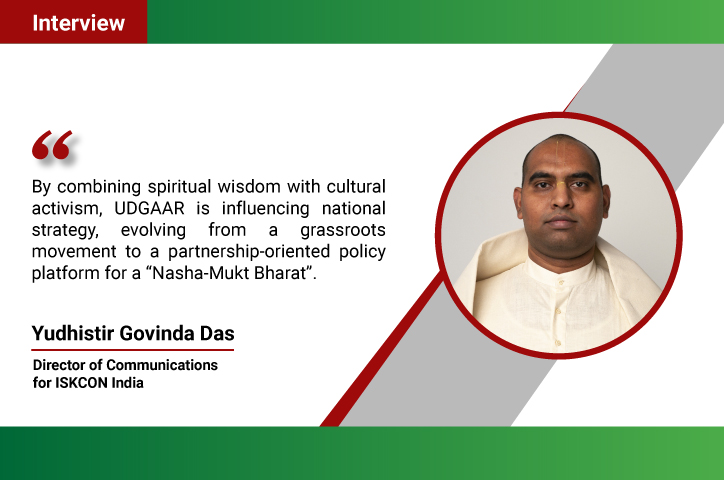
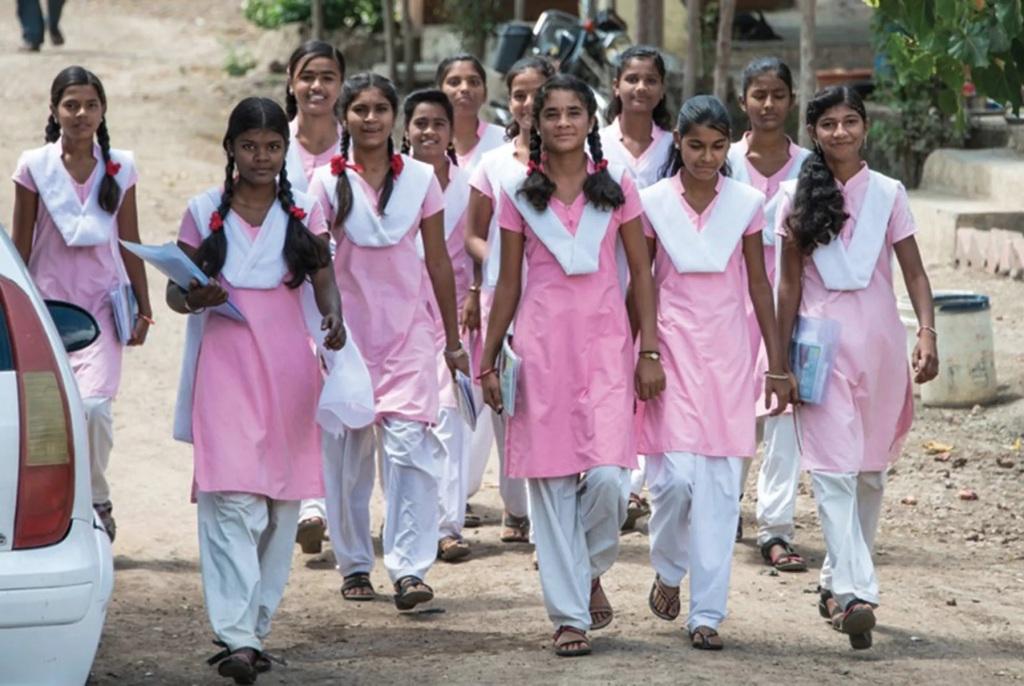
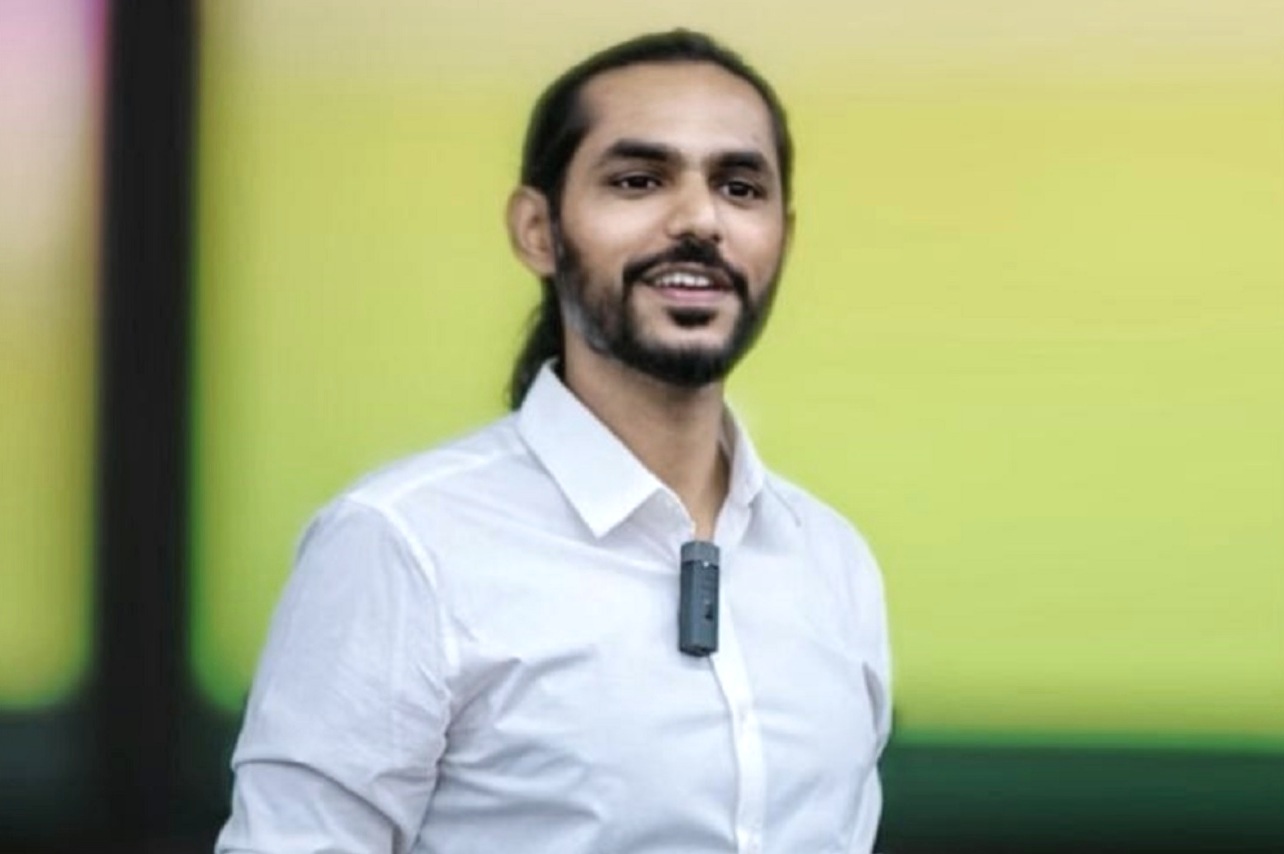



.jpg)




